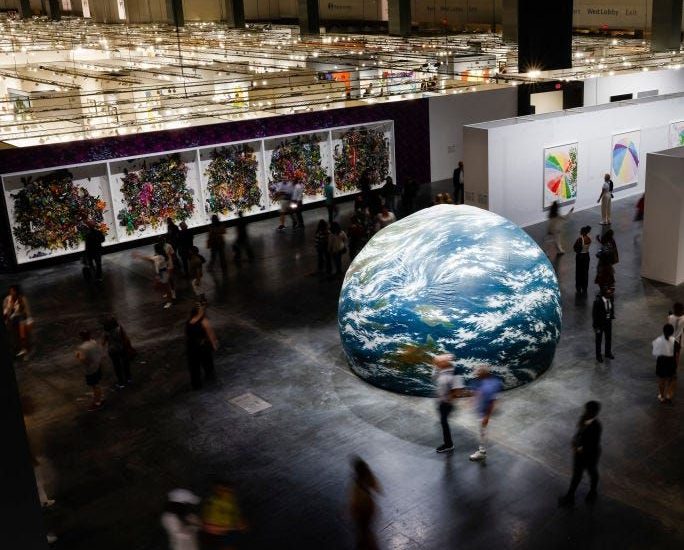The Influence of Pop Art on Advertising
Pop art was a revolutionary art movement that emerged in the 1950s and reached its peak in the 1960s. Characterized by bright colors, bold imagery, and a sense of playfulness, pop art challenged the traditional notions of what art could be. It drew inspiration from popular culture, consumerism, and mass media, reflecting the vibrant and dynamic nature of post-war society.
The Birth of Pop Art
Pop art was a direct response to the consumer-driven society that emerged in the wake of World War II. Artists like Andy Warhol, Roy Lichtenstein, and Claes Oldenburg sought to blur the lines between high and low culture, elevating everyday objects and images to the status of art. They used techniques like collage, assemblage, and screen printing to create works that were bold, eye-catching, and often satirical.
The Impact on Advertising
Pop art was not just a movement in the art world – it also had a profound influence on advertising. Advertisers began to take note of the bold colors, graphic styles, and playful imagery that were hallmarks of pop art, incorporating these elements into their campaigns. Pop art sensibilities could be seen in everything from print ads to TV commercials, as advertisers sought to capture the attention of a public that was increasingly bombarded with messages.
Color and Design
One of the key ways that pop art influenced advertising was through its use of color and design. Pop art artists often used bright, eye-catching colors like electric blue, hot pink, and neon green, which stood out against the muted tones of traditional advertising. Advertisers began to incorporate these bold colors into their own campaigns, creating ads that were visually striking and memorable.
Iconic Imagery
Pop art was also known for its use of iconic imagery, such as comic book characters, celebrities, and household objects. Advertisers capitalized on this trend by using familiar images and symbols to sell their products. Brands like Coca-Cola, Campbell’s Soup, and Volkswagen all embraced the playful and irreverent spirit of pop art in their advertising, creating campaigns that resonated with consumers and helped to shape the visual landscape of the 1960s.
The Legacy of Pop Art
Although pop art as a movement may have faded by the end of the 1960s, its influence on advertising has endured. The vibrant colors, bold imagery, and sense of playfulness that were hallmarks of pop art continue to inform the world of advertising today. Brands still draw inspiration from the pop art aesthetic, creating campaigns that are visually engaging, memorable, and above all, fun.
In conclusion, pop art was a revolutionary movement that not only changed the face of art but also had a lasting impact on advertising. Its bold colors, graphic design, and iconic imagery continue to shape the way that brands communicate with consumers. By embracing the spirit of pop art, advertisers are able to create campaigns that are visually striking, culturally relevant, and ultimately, effective.
So, the next time you see a brightly colored ad with a sense of playfulness and irony, remember the influence of pop art – and the lasting legacy it has left on the world of advertising.


